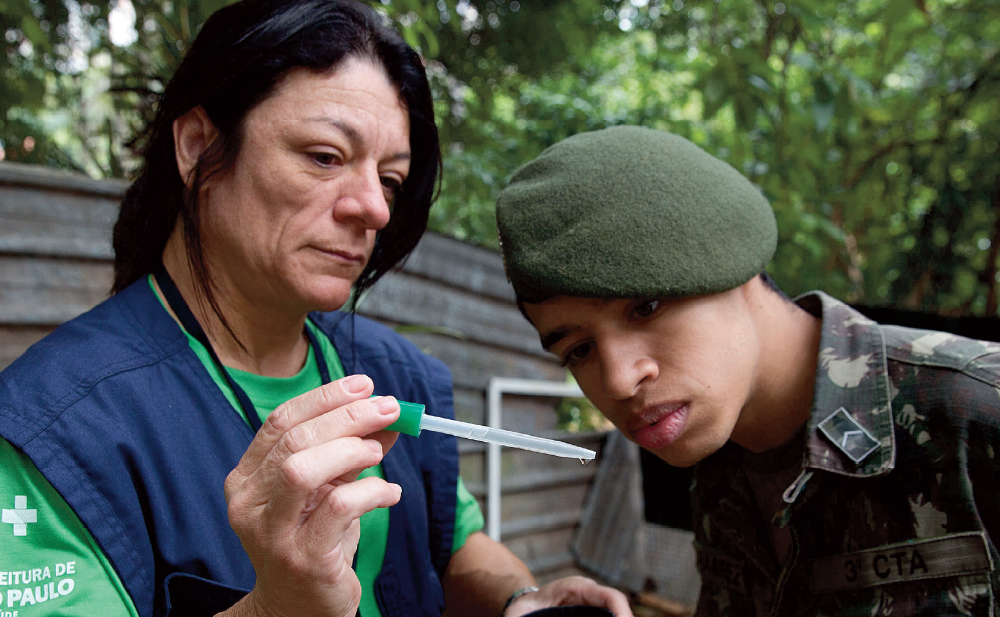NEW YORK – A rare tropical disease is spreading in parts of Latin America and the Caribbean. The mosquito-borne Zika virus usually causes a mild illness but is now
suspected in an unusual birth defect and possibly other health issues. Some things to know:
WHAT IS ZIKA?
The Zika (ZEE’-ka) virus was first discovered in monkeys in Uganda in 1947; its name comes from the Zika forest where it was first discovered. It is native mainly to tropical Africa, with outbreaks in Southeast Asia, and the Pacific Islands. It showed up in Brazil last year and has since been seen in many Latin American countries and Caribbean islands.
HOW IS IT SPREAD?
It is transmitted through bites from the same kind of mosquitoes that can spread other tropical diseases, like dengue fever, chikungunya and yellow fever. It is not known to spread from person to person so it’s not infectious like other germs such as the flu virus. The World Health Organization says it is rapidly spreading in the Americas because it is new to the region, people aren’t immune to it, and the mosquito that carries it is just about everywhere – including along the southern United States. Canada and Chile are the only places without this mosquito.
ARE THERE SYMPTOMS?
Experts think most people infected with Zika virus don’t get sick. And those that do usually develop mild symptoms – fever, rash, joint pain, and red eyes – which usually last no more than a week. There is no specific medicine and there hasn’t been a vaccine developed for it, which is the case for some other tropical illnesses that cause periodic outbreaks.
WHY IS IT A CONCERN NOW?
In Brazil, there’s been mounting evidence linking Zika infection in pregnant women to a rare birth defect called microcephaly, in which a newborn’s head is smaller than normal and the brain may not have developed properly. Brazilian health officials last October noticed a spike in cases of microcephaly in tandem with the Zika outbreak. The connection to Zika is still being investigated, and officials note there are many causes of the condition. Nearly 4,000 cases have been tallied.










No Comment